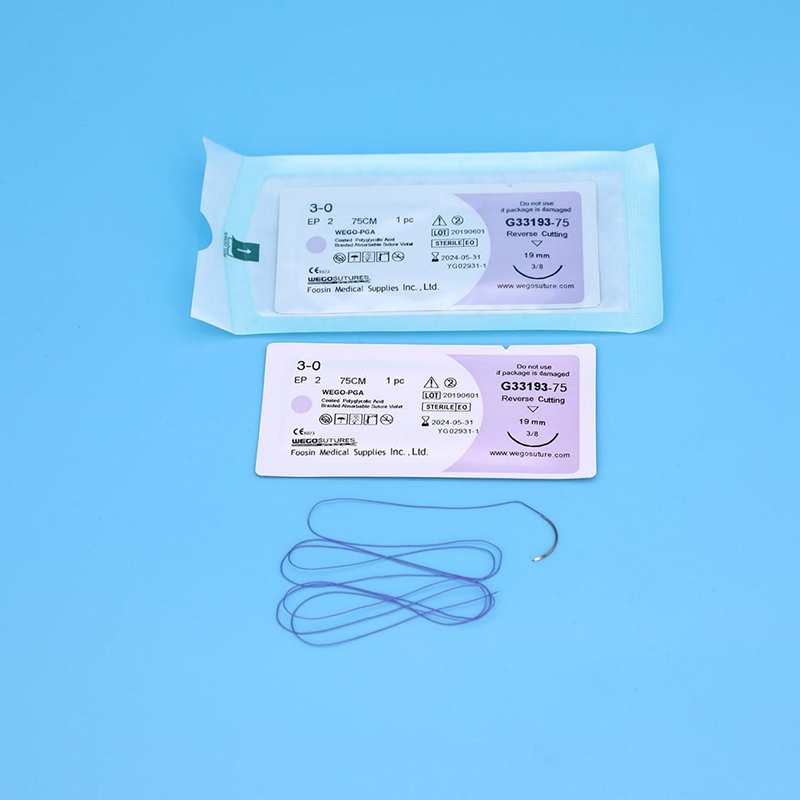Traditional Nursing and New Nursing of Caesarean Section Wound
Poor postoperative wound healing is one of the common complications after surgery, with an incidence of about 8.4%. Due to the reduction of the patient’s own tissue repair and anti-infection ability after surgery, the incidence of poor postoperative wound healing is higher, and postoperative wound fat liquefaction, infection, dehiscence and other phenomena may occur due to various reasons. Moreover, it increases the pain and treatment costs of patients, prolongs the hospitalization time of patients, even endangers the lives of patients, and also increases the workload of medical staff.
Traditional Care:
The traditional wound dressing method usually uses several layers of medical gauze dressing to cover the wound, and the gauze absorbs exudate to a certain limit. Exudate for a long time, if not replaced in time, it will contaminate the quilt, pathogens can easily pass through, and aggravate wound infection; The dressing fibers are easy to fall off, causing foreign body reaction and affecting healing; The granulation tissue on the wound surface is easy to grow into the mesh of the dressing, causing pain due to pulling and tearing during dressing change. The repeated tearing of the wound by tearing off the gauze results in the damage of newly formed granulation tissue and new tissue damage, and the workload of dressing change is large; In routine dressing changes, gauze often sticks to the surface of the wound, causing the wound to dry and stick to the wound, and the patient feels pain during activities and dressing changes, increasing the pain. A large number of experiments have proved that hydrogen peroxide and iodophor have strong stimulating and killing effects on new granulation tissue cells, which are not conducive to wound healing.
New Care:
Apply a foam dressing for dressing changes. A thin and extremely comfortable foam dressing that absorbs exudate and maintains a moist wound environment. It is constructed as follows: a soft contact layer, a resilient polyurethane foam absorbent pad, and a breathable and water-absorbing protective layer. The dressing does not adhere to the wound, even if the exudate has begun to dry, it is painless and trauma-free when removed, and there is no residue. It is gentle and safe to fix on the skin and removes without causing exfoliation and ulceration. Absorb exudate to maintain a moist wound healing environment, reducing the risk of infiltration. Minimize pain and injury when changing dressings, self-adhesive, no need for additional fixation; waterproof, easy to use for compression and abdominal or elastic bandages; Improve patient comfort; Can be used continuously for several days depending on the condition of the wound; Can be pulled up and adjusted without affecting adhesion properties, reducing skin irritation and irritation. The alginate component contained in it can form a gel at the wound, effectively block the invasion and growth of bacteria and viruses, and promote wound healing.











